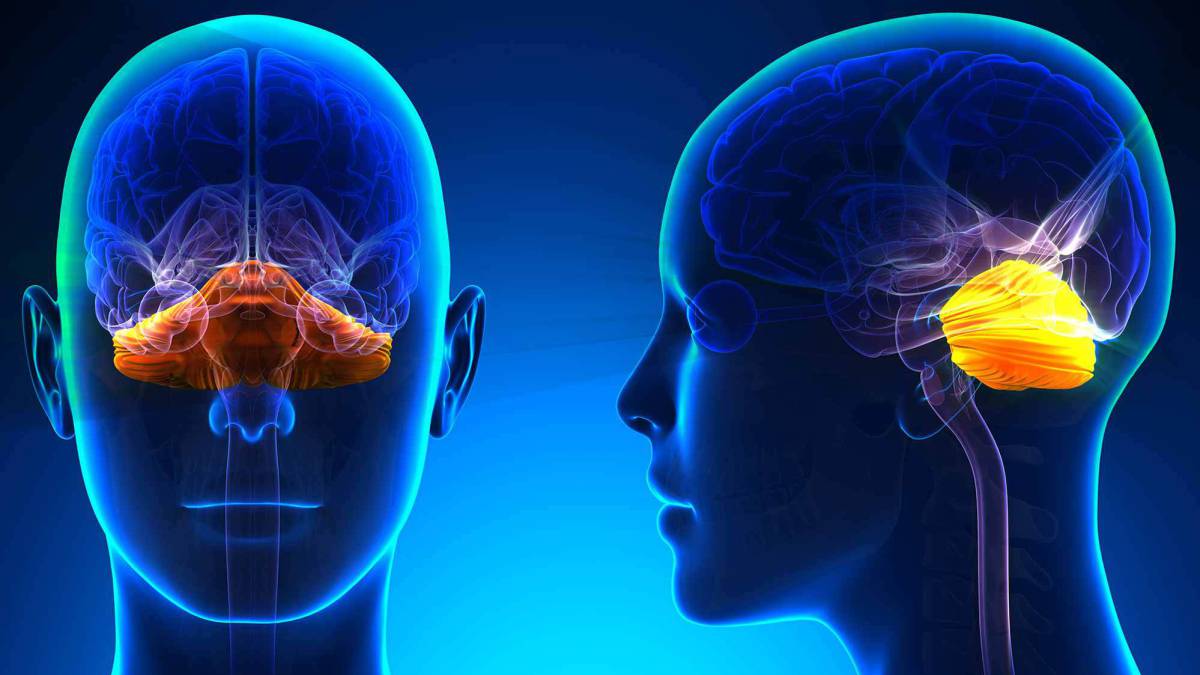[et_pb_section bb_built=”1″][et_pb_row][et_pb_column type=”4_4″][et_pb_text _builder_version=”3.13.1″]
A team of American researchers has opened the way to the development of a “bionic eye,” using electrodes to stimulate an area of the brain that processes visual information.
However, scientists warn that it would be very difficult to implant enough electrodes to create a complete image in the mind.
For years, researchers have searched for ways to restore vision to people who have been blinded by an accident or diseases such as macular degeneration. In these patients, the eye has stopped working, but the visual centers of the brain are intact. The objective, in these cases, is to ignore the eye and stimulate the visual parts of the brain to recreate an image in the mind.
According to the director of the research, Dr. John Pezaris, of the Harvard Medical School, this experiment is an important step, but the main difficulty for a prosthesis in humans is that many more electrodes would have to be implanted and they should also work together so that Patients could distinguish complete images.
The main objective is that one day a patient will wear a series of special lenses and with a process would create images for the visual system.
These and other innovations are also possible in Pharmamedic.
[/et_pb_text][/et_pb_column][/et_pb_row][/et_pb_section]






